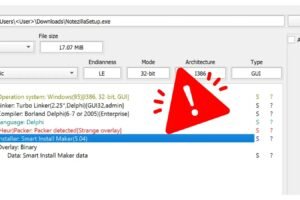
Frequently Asked Questions (FAQs) on VAPT
What is the difference between Vulnerability Assessment and Penetration Testing?
Vulnerability Assessment focuses on identifying and classifying vulnerabilities in a system, while Penetration Testing involves actively exploiting vulnerabilities to assess the real-world impact.
How often should VAPT be conducted?
The frequency of VAPT depends on factors such as the rate of system changes, the sensitivity of data, and industry regulations. It’s recommended to perform VAPT regularly, especially after significant system changes.
Who performs VAPT?
VAPT is typically carried out by skilled cybersecurity professionals or specialized security firms. These individuals should have expertise in ethical hacking, security testing, and a deep understanding of various technologies.
Is VAPT only for web applications
No, VAPT can be applied to a wide range of systems, including networks, operating systems, databases, and mobile applications. While web application testing is common, VAPT should encompass the entire IT infrastructure.
Is VAPT a one-time activity?
No, VAPT is an ongoing process. Regular assessments are necessary to address new vulnerabilities that may arise due to system updates, changes in technology, or evolving threat landscapes.
What happens after a VAPT is completed?
After completing a VAPT, a detailed report is generated, outlining identified vulnerabilities, their severity, and recommended mitigations. The organization then takes steps to address and remediate the vulnerabilities.



